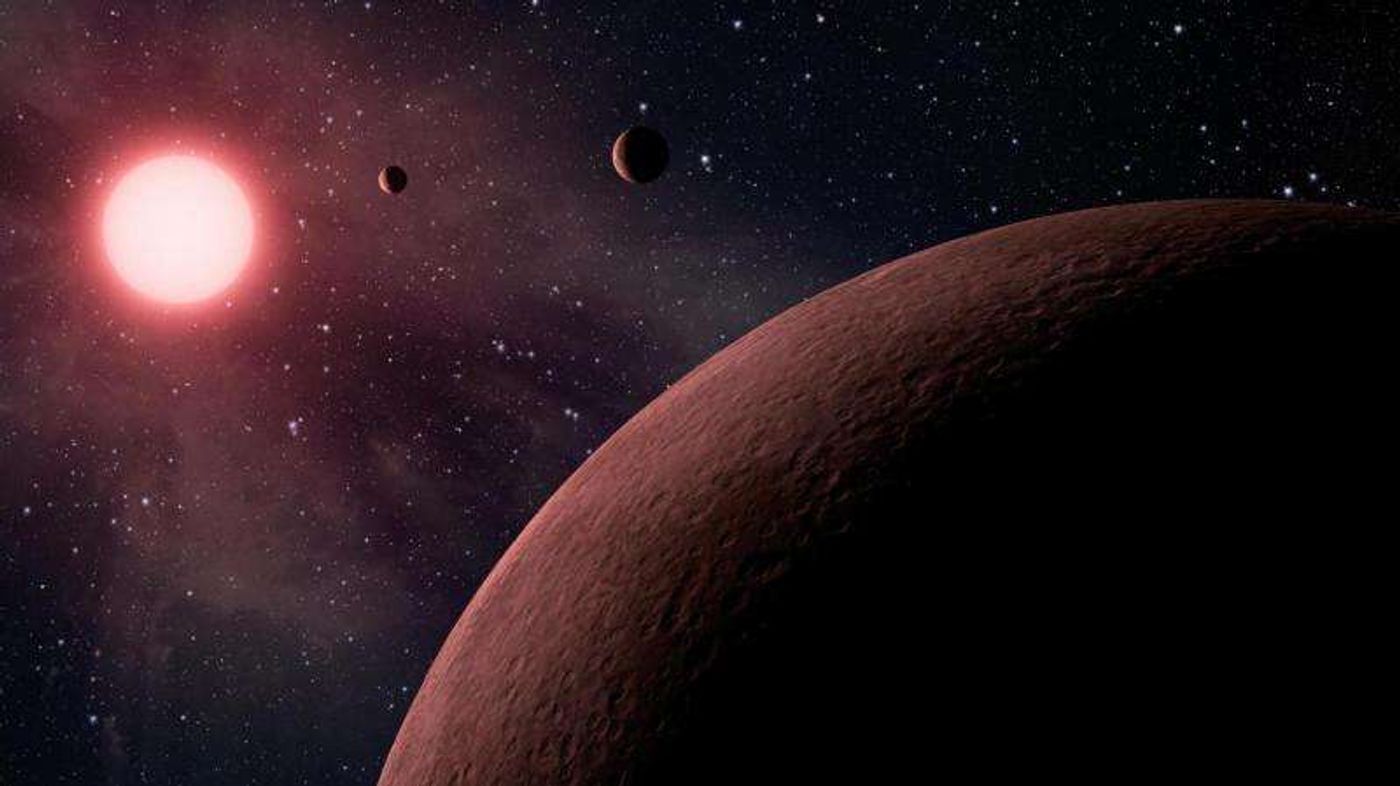NASA's Latest Kepler Survey Reveals Additional Earth-Like Exoplanets
One of the most valuable systems we have in place today for discovering exoplanets throughout the galaxy is NASA’s Kepler Space Telescope, which detects their existence by measuring dimming light that occurs when an exoplanet transits a star.
Image Credit: NASA/JPL-Caltech
Kepler has so far helped astronomers discover 4,034 exoplanet candidates to date, 2,335 of which have been verified as fascinating exoplanets. The latter figure includes exoplanets that are both Earth-like terrestrial types and Neptune-like gassy types.
Related: Kepler Space Telescope discovers habitable Earth-like exoplanet Kepler 186F
Despite all the discoveries Kepler has helped us make so far, it continues to find more as it surveys the heavens, and the latest survey results are just now coming in with 219 new exoplanet candidates now in the midst of being cataloged.
As exciting as this number sounds, only 10 of these 219 exoplanets are Earth-like in both size and type and reside inside of their host stars’ habitable zones. This means most of the exoplanet candidates discovered are unlikely to support life, despite a small number that potentially could.
“The Kepler data set is unique, as it is the only one containing a population of these near Earth-analogs – planets with roughly the same size and orbit as Earth,” said Kepler program scientist Mario Perez. “Understanding their frequency in the galaxy will help inform the design of future NASA missions to directly image another Earth.”
Related: NASA regains control of Kelper after a freak emergency mode recovery
Despite the small handful that might, however, astronomers are still excited to examine them up close with more powerful space observation equipment. Kepler is a discovery mechanism that opens the door to further research, and that it will.
The upcoming James Webb Space Telescope will be able to see further and more clearly than any space telescope of its kind to date, and it’s hoped that it will become an instrumental tool in learning more about these otherworldly systems.
Source: NASA









